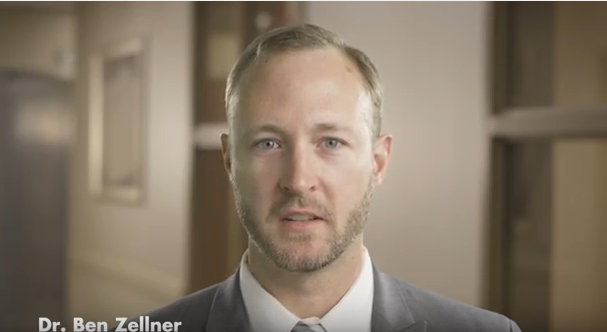Hand, Wrist, and Finger Injuries & Conditions
Your hand has 27 bones and, left untreated, one injury will have a domino effect on the rest of your hand bones. Even the tiniest bones in your fingers can cause major problems. Considering how much we rely on our hands, fingers and wrists on a daily basis, it’s important to pay close attention to injuries to this part of the body.
When you think of hand, wrist and finger injuries, fractures and carpal tunnel syndrome probably first come to mind. However, these kinds of injuries can run the gamut from trigger finger to ganglion cysts. Read on to learn more about these conditions and treatment options.
Related Posts
How much does carpal tunnel surgery cost?
Finding out the cost of surgery can be tricky. But recently, according to a report using Sidecar Health’s care calculator, they were able to provide [...]
3 Hand Conditions That Could Impact Employee Productivity
By Dr. Ben Zellner, OSMS Fellowship-Trained Orthopedic Hand-to-Shoulder Specialist Dr. Zellner is seeing patients at our clinics in Green Bay and Marinette. Schedule an appointment with [...]
Two injury-prone areas bow hunters should scout for
By Dr. Ben Zellner, hand-to-shoulder specialist, and OSMS physician owner Dr. Ben Zellner is a board-certified, fellowship-trained orthopedic hand-to-shoulder specialist. He is seeing patients at [...]
A History and Overview of Tommy John Surgery
By Dr. Ben Zellner, Orthopedic Hand-to-Shoulder Specialist It’s no easy task for a major league baseball pitcher to throw a fastball 90 miles an hour. [...]
3 Surgeries that can be Performed in the OSMS Procedure Room
Hospital or outpatient surgery center. These are probably the two most common types of locations a person would think of to answer the question, "Where [...]
Two Surgeries. Two Surgeons. One Day.
Athena and Mike Francis have both suffered from chronic joint pain that interferes with work, daily activities, exercising, and enjoying life. Mike's started with his [...]

















